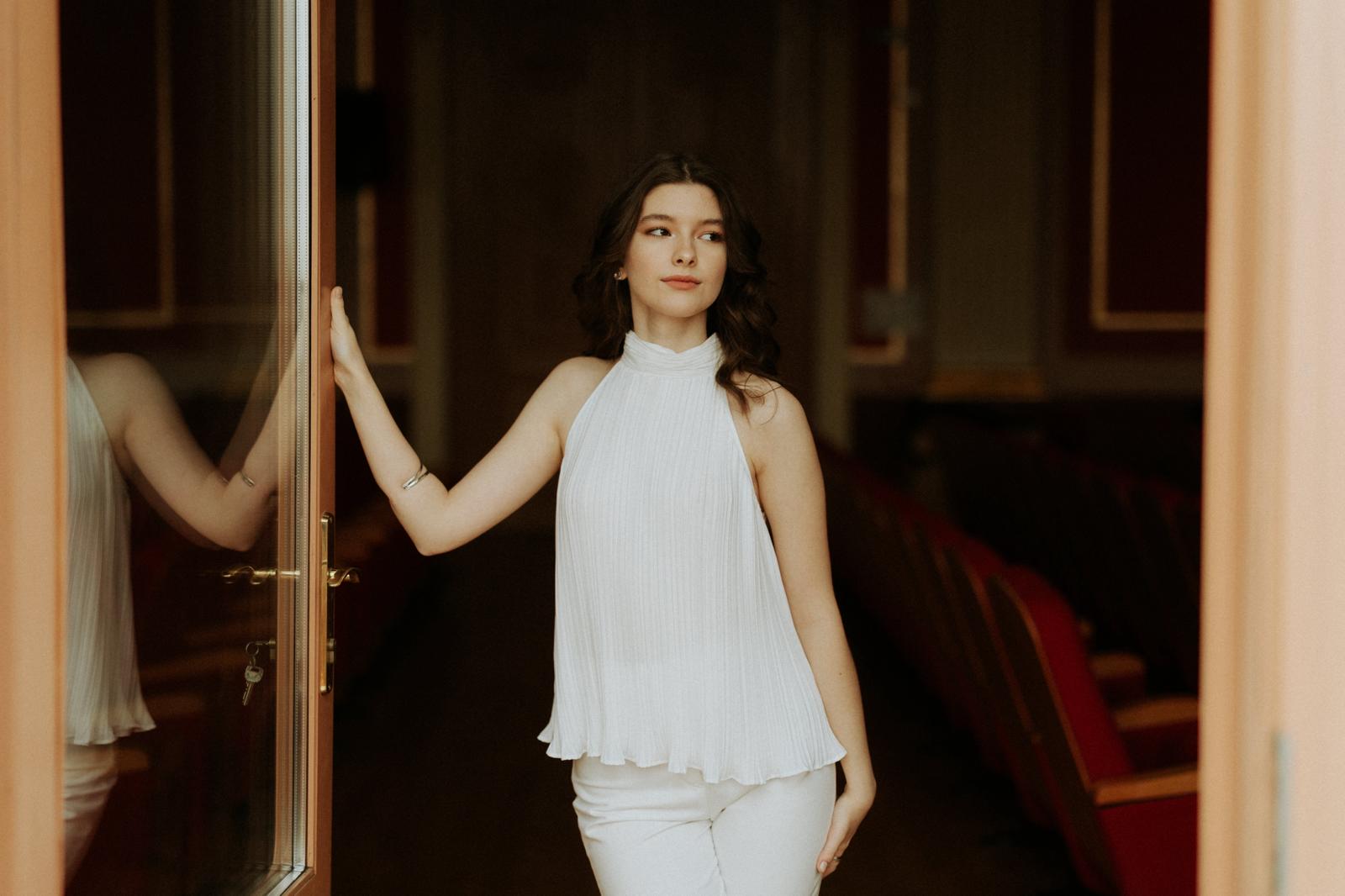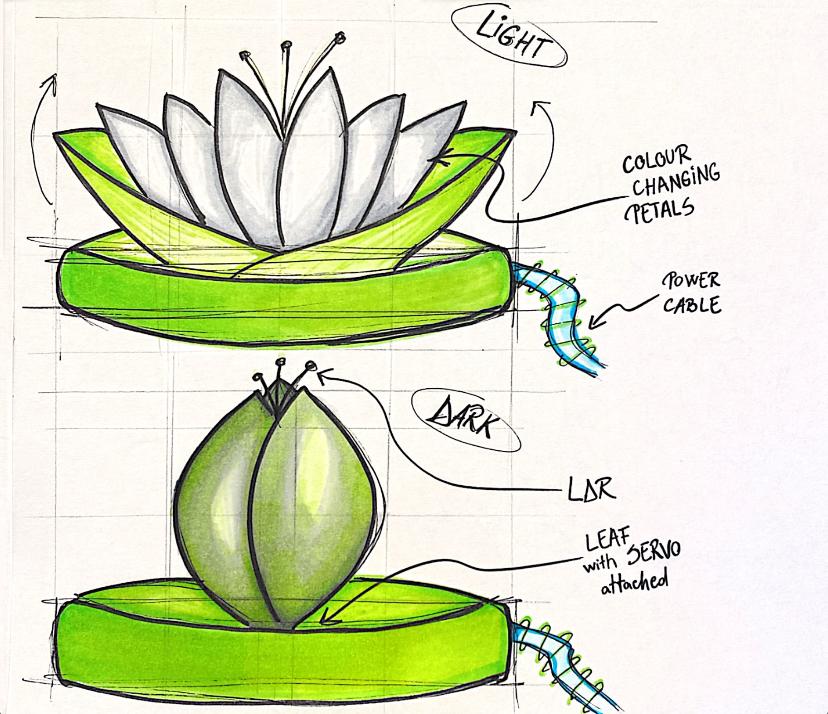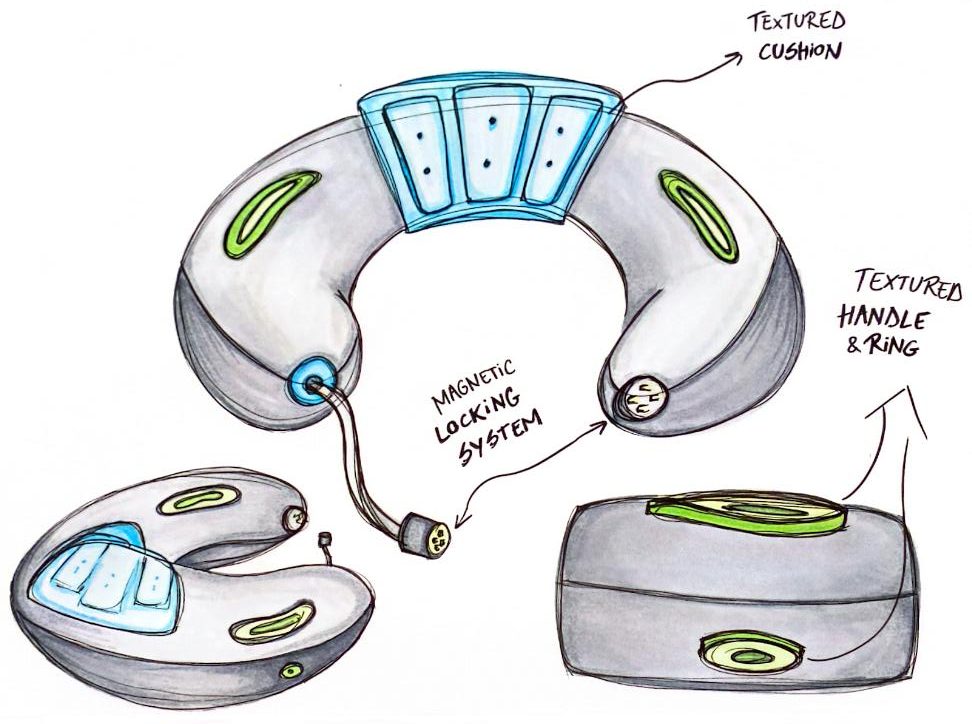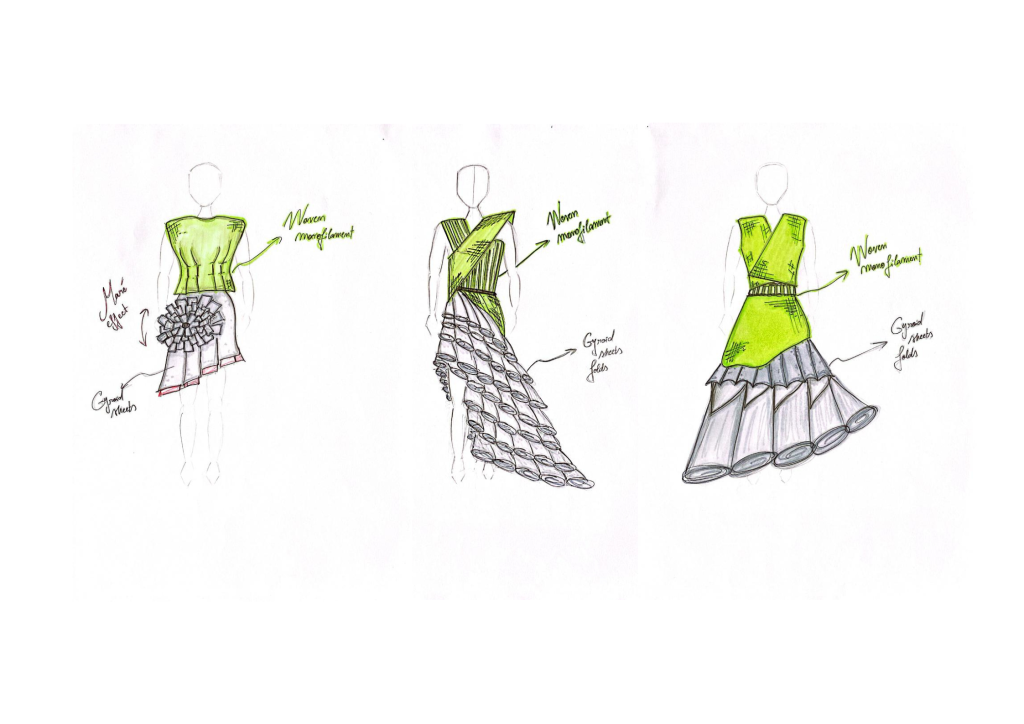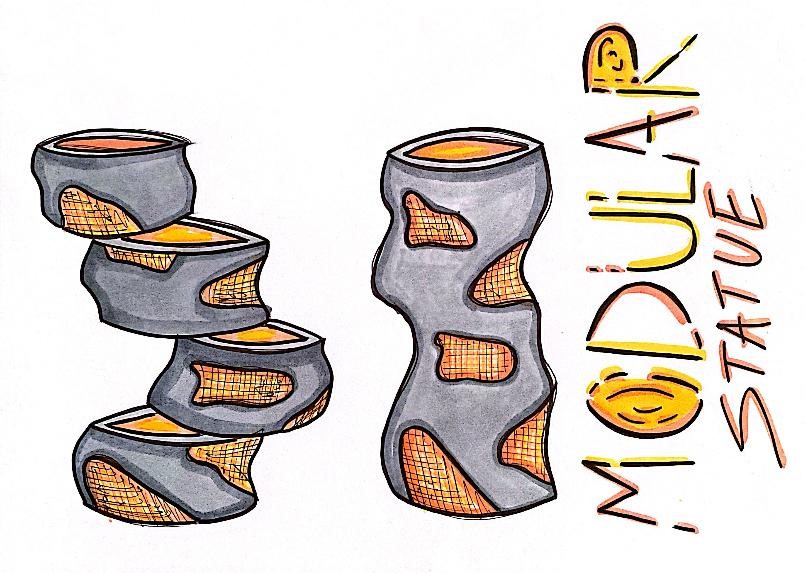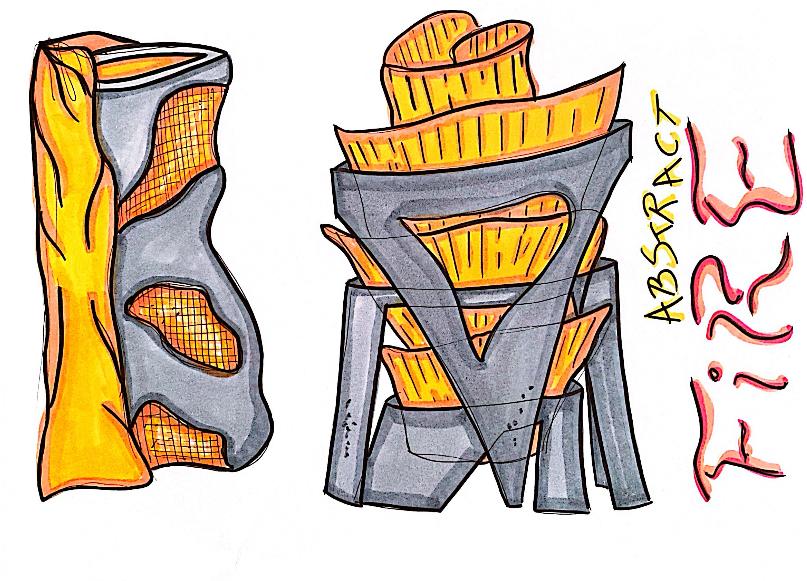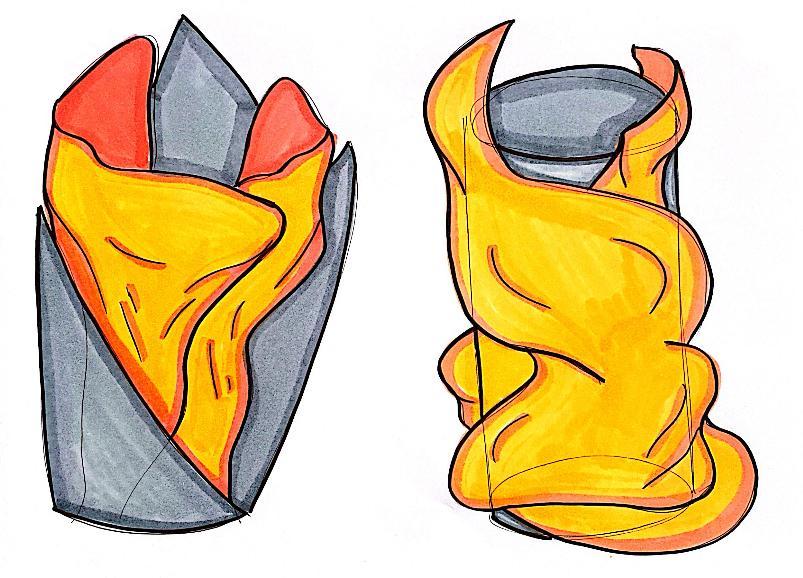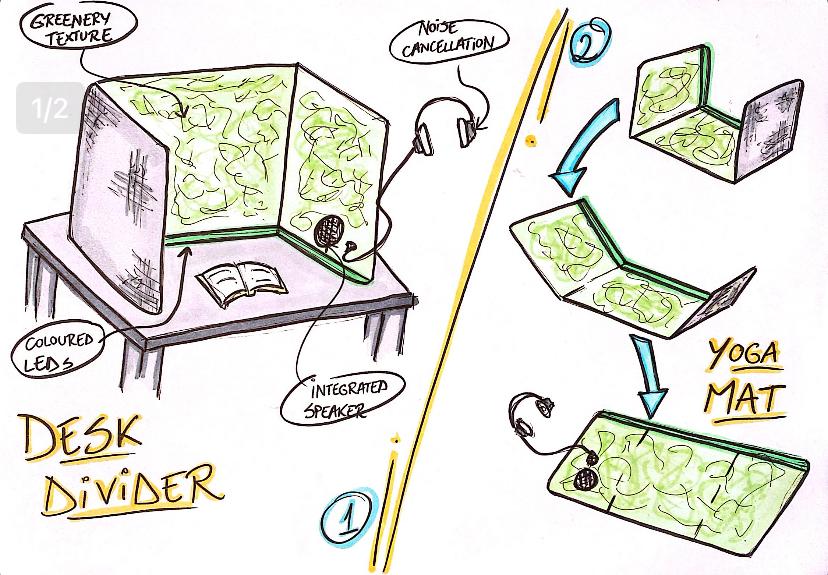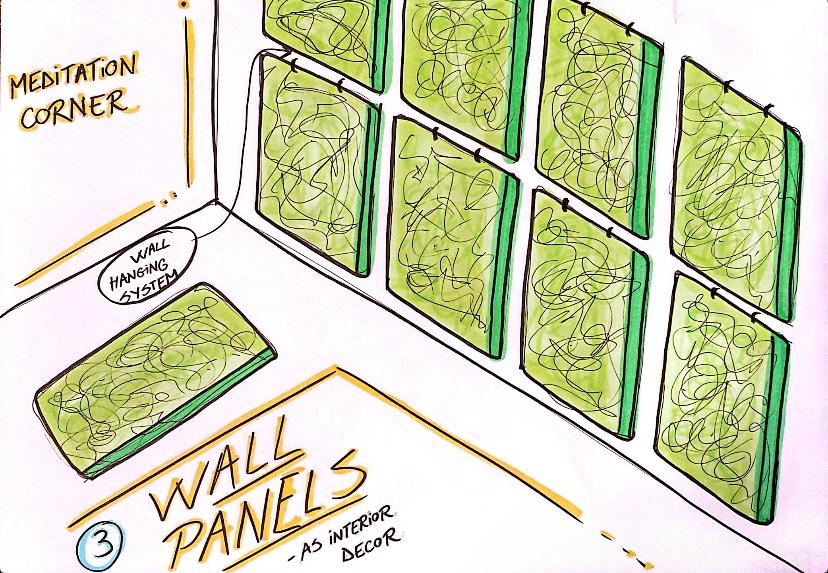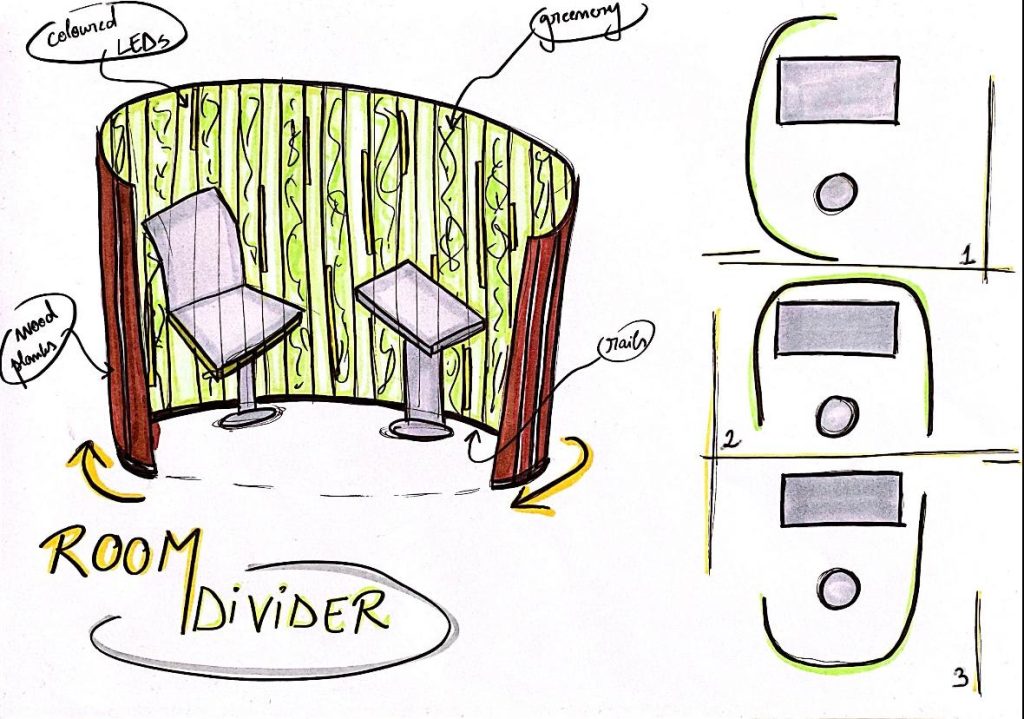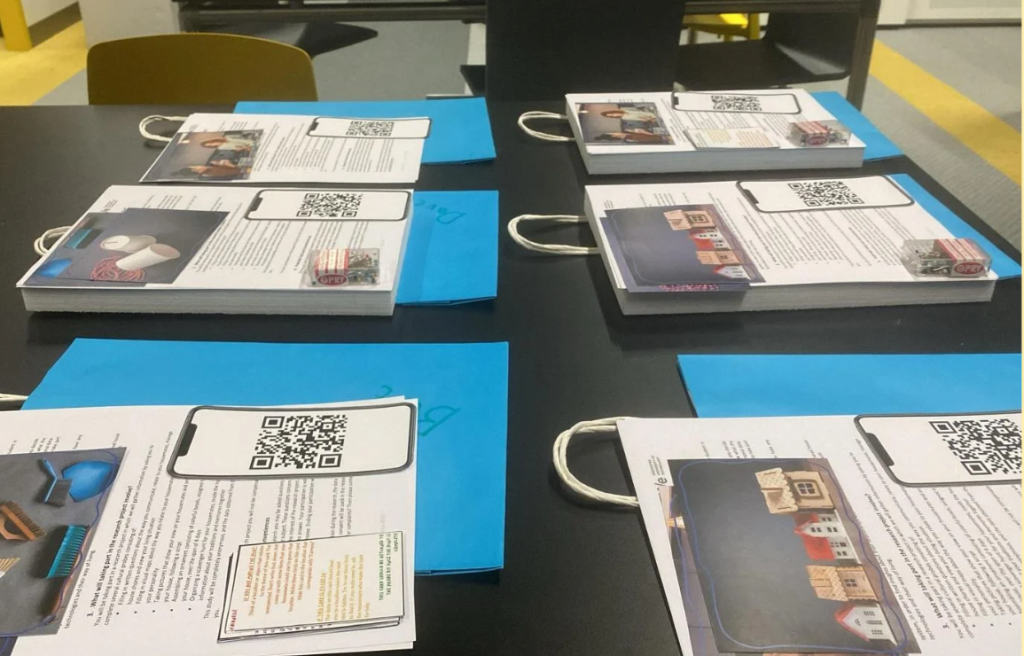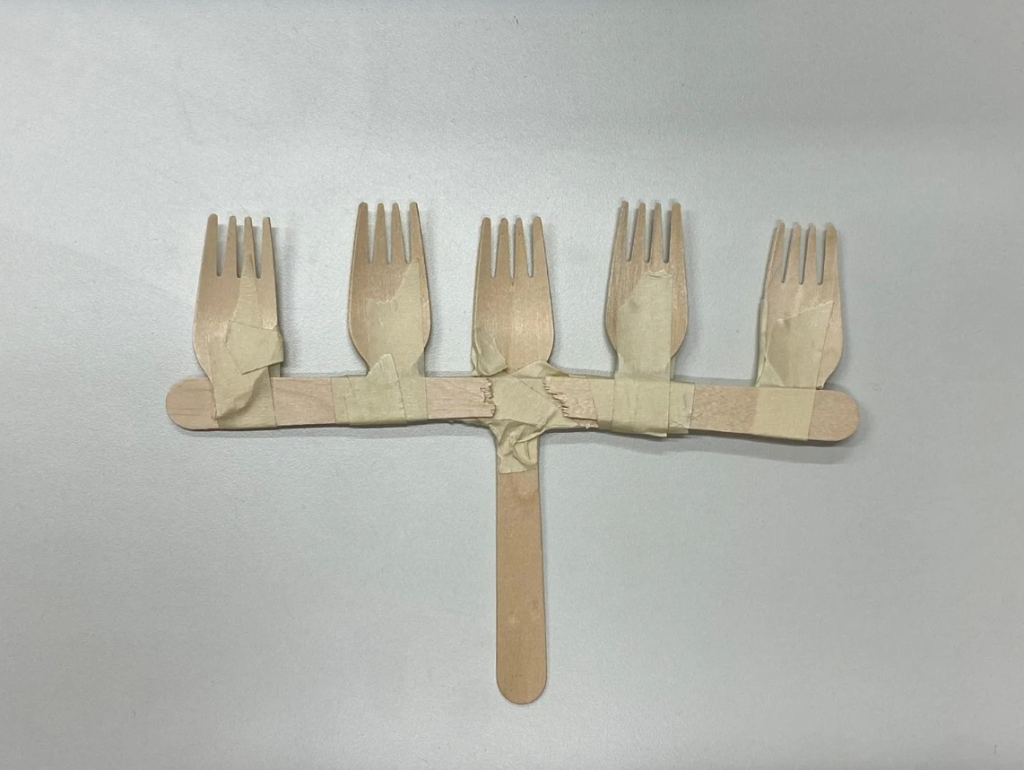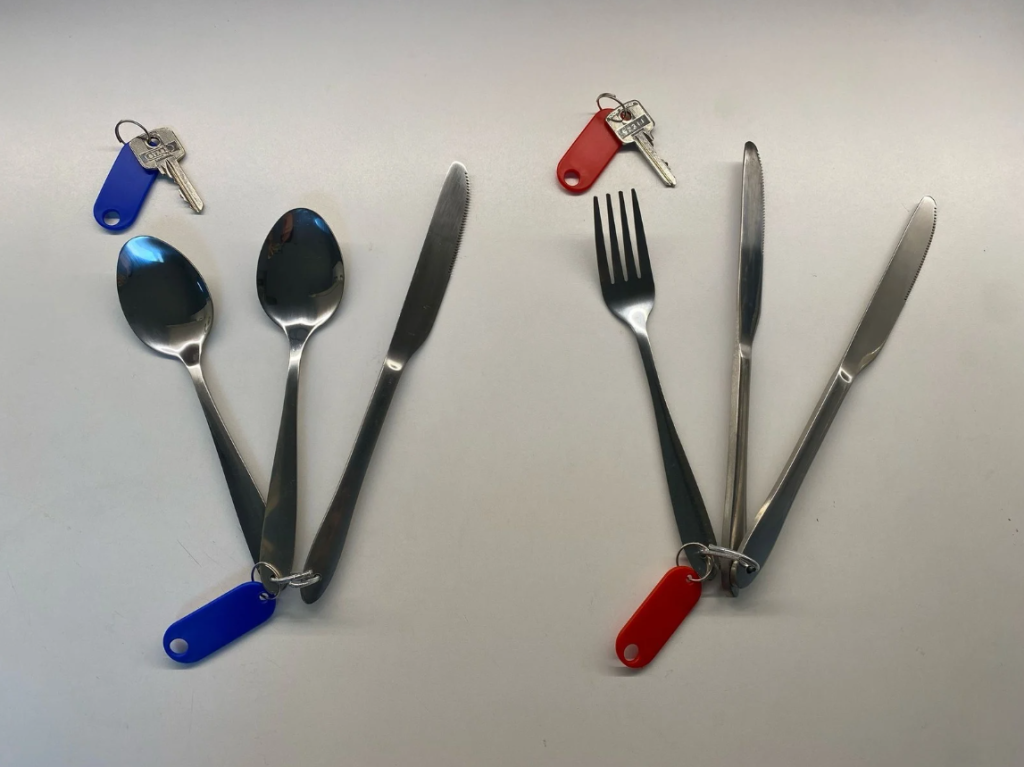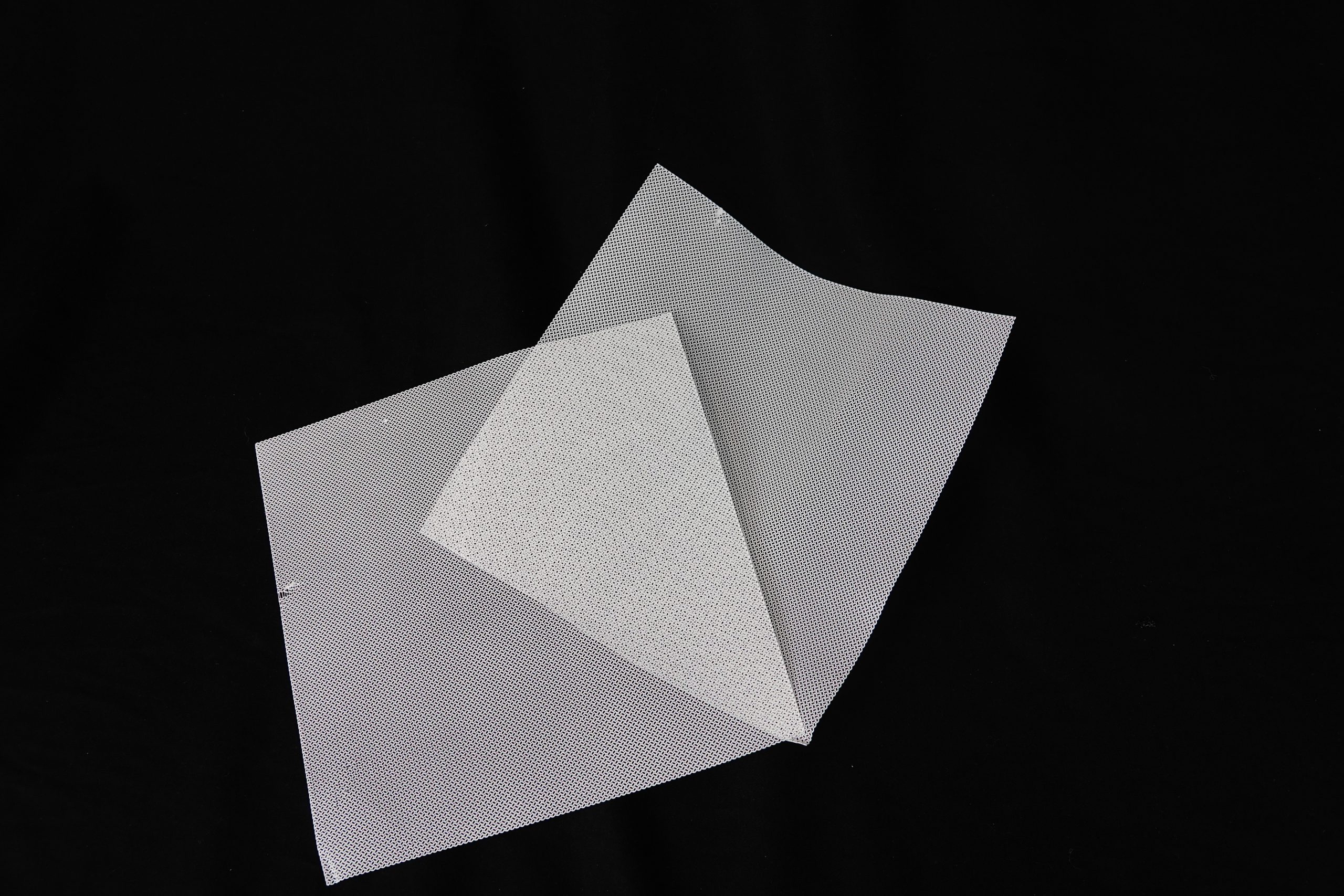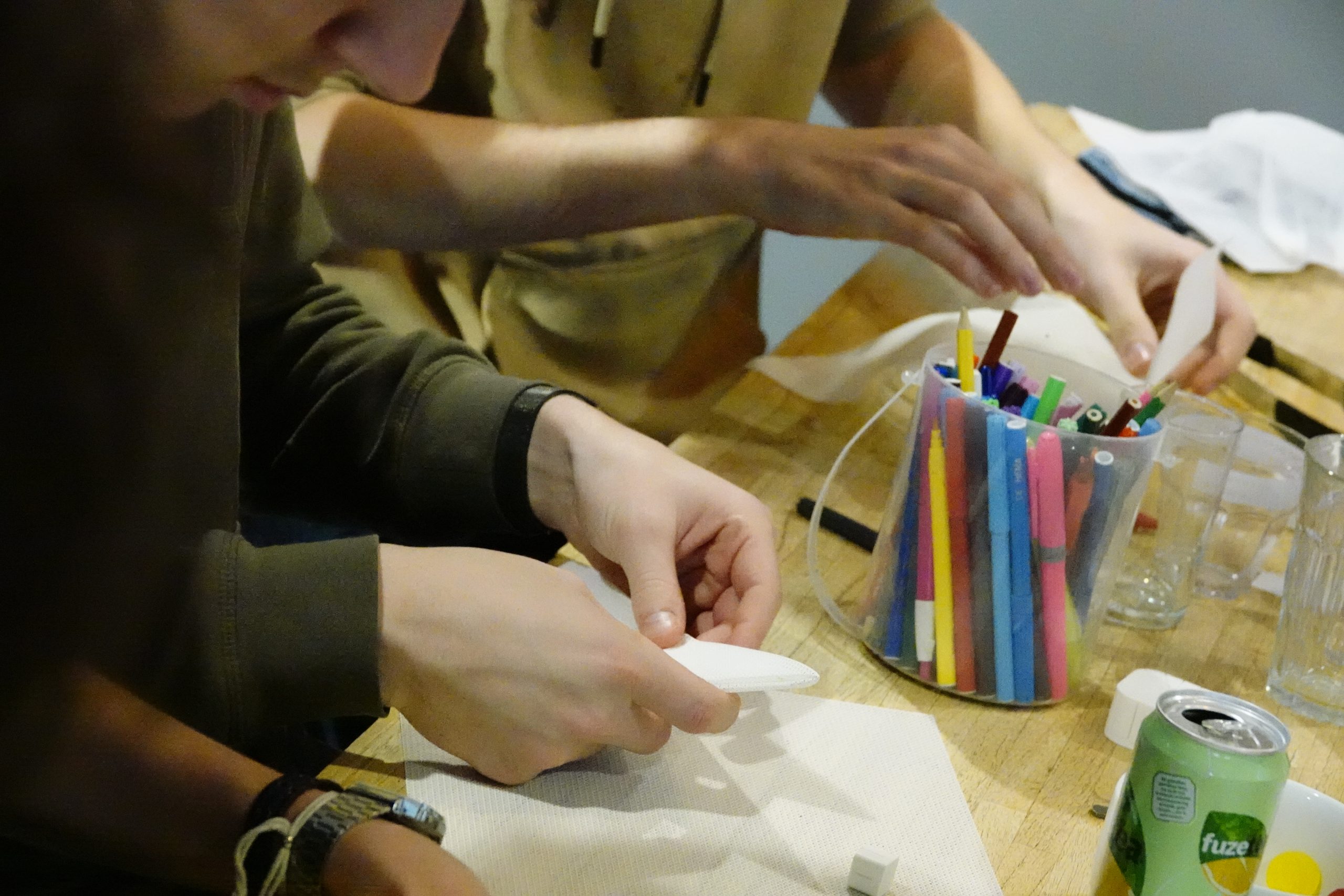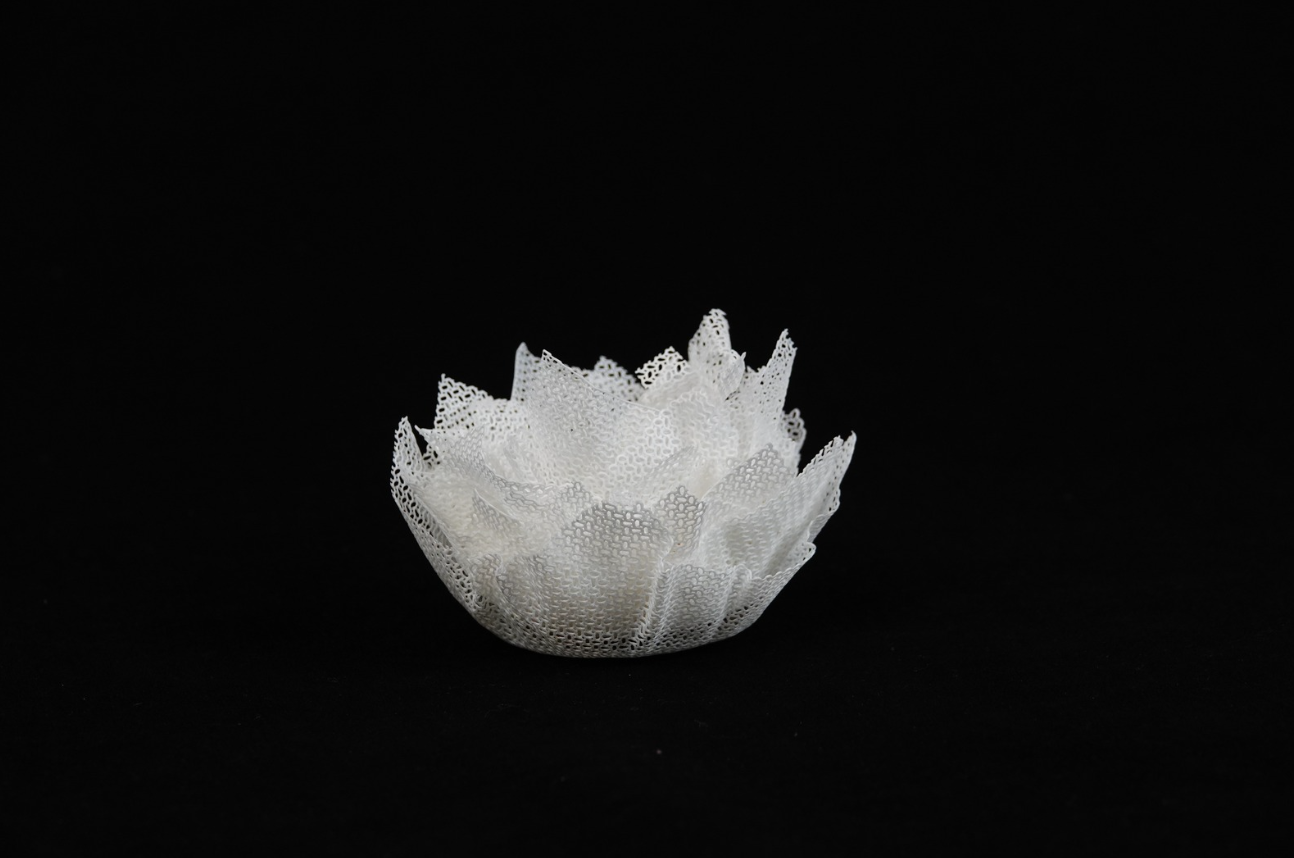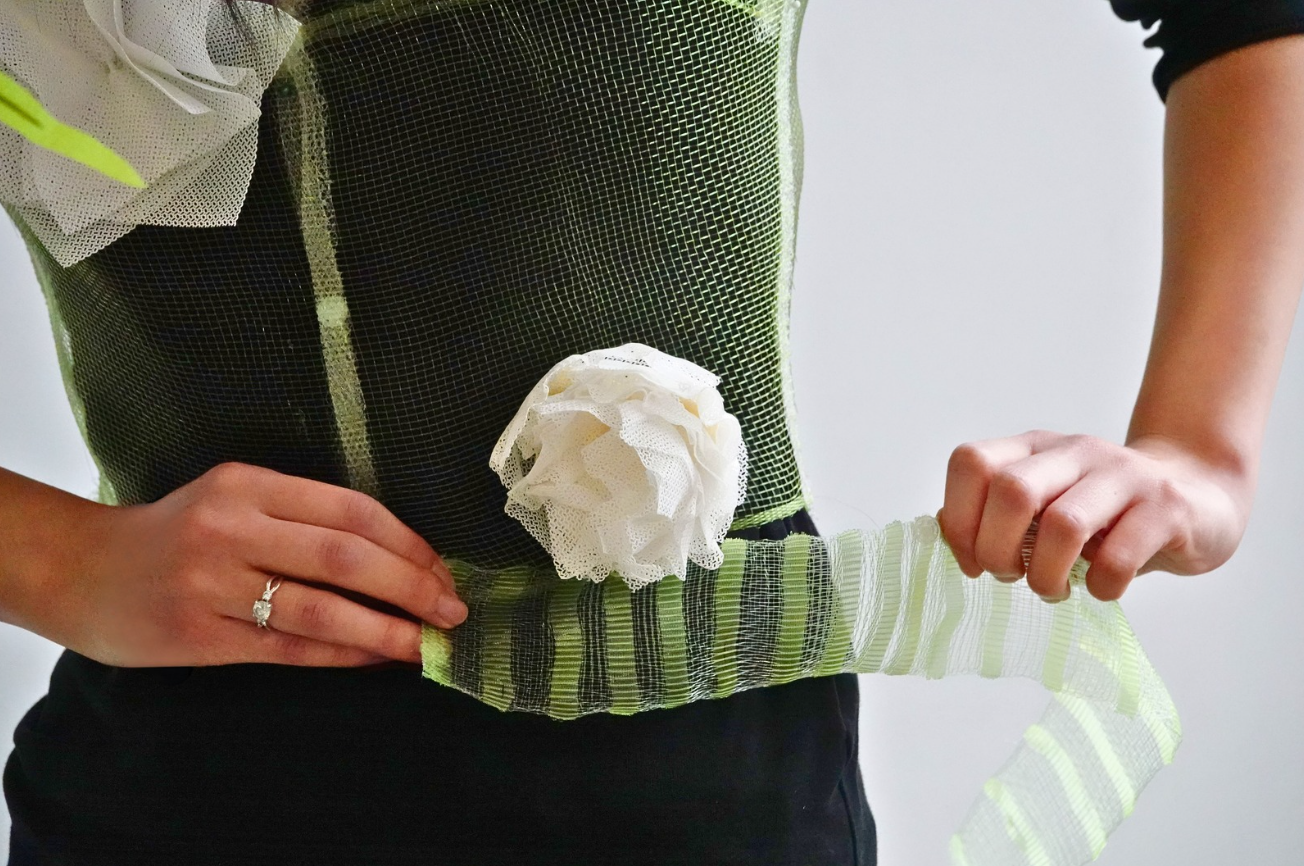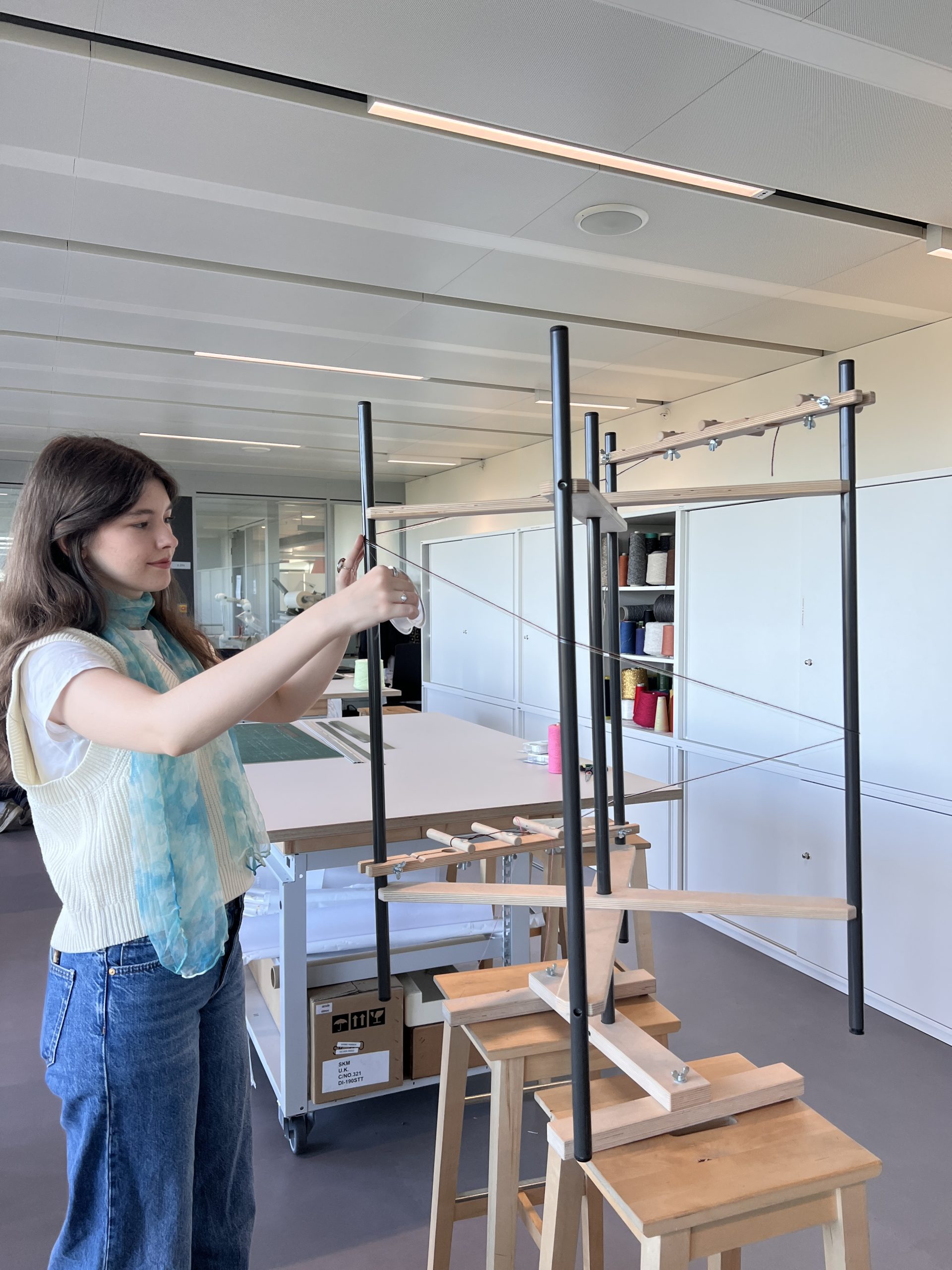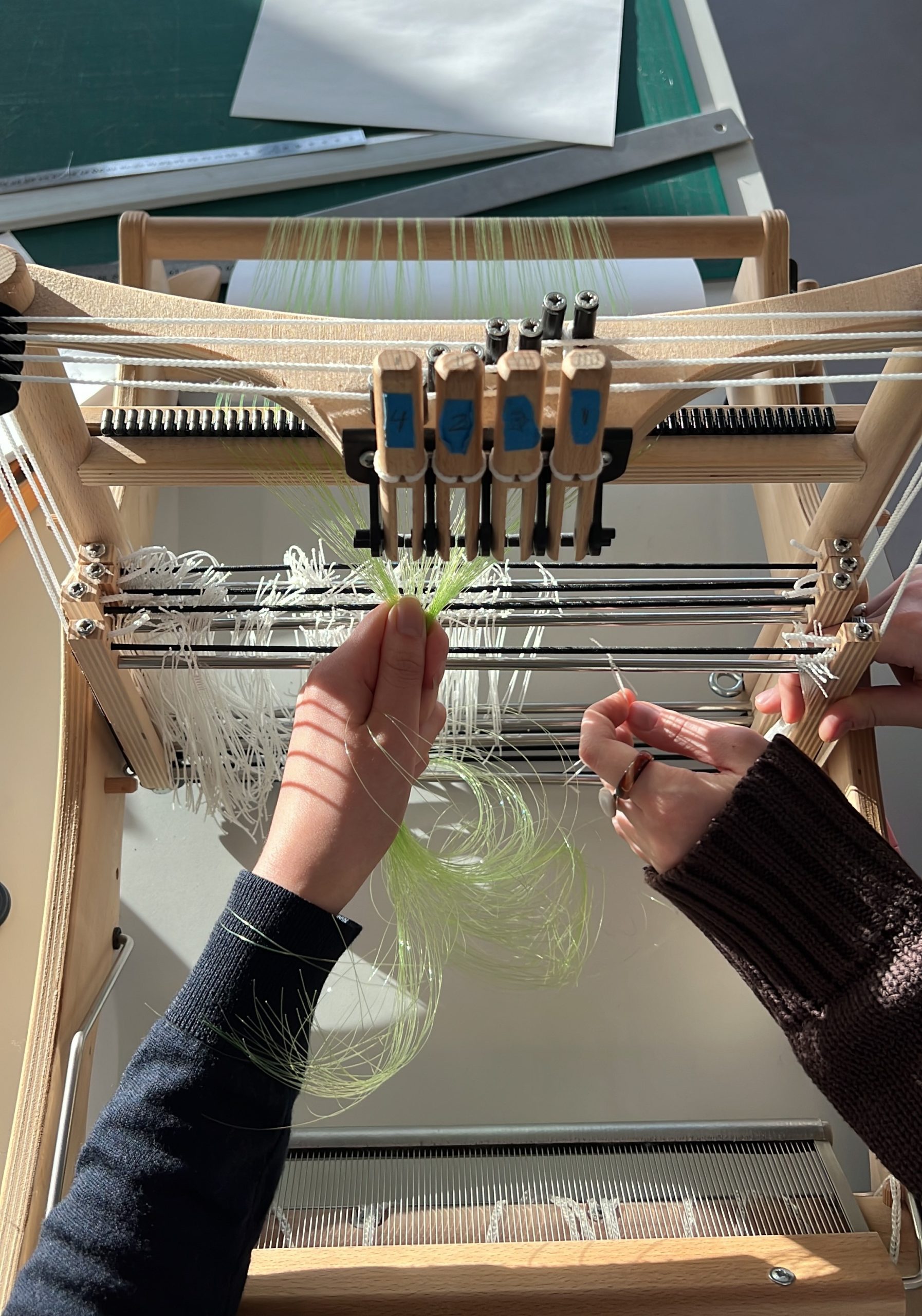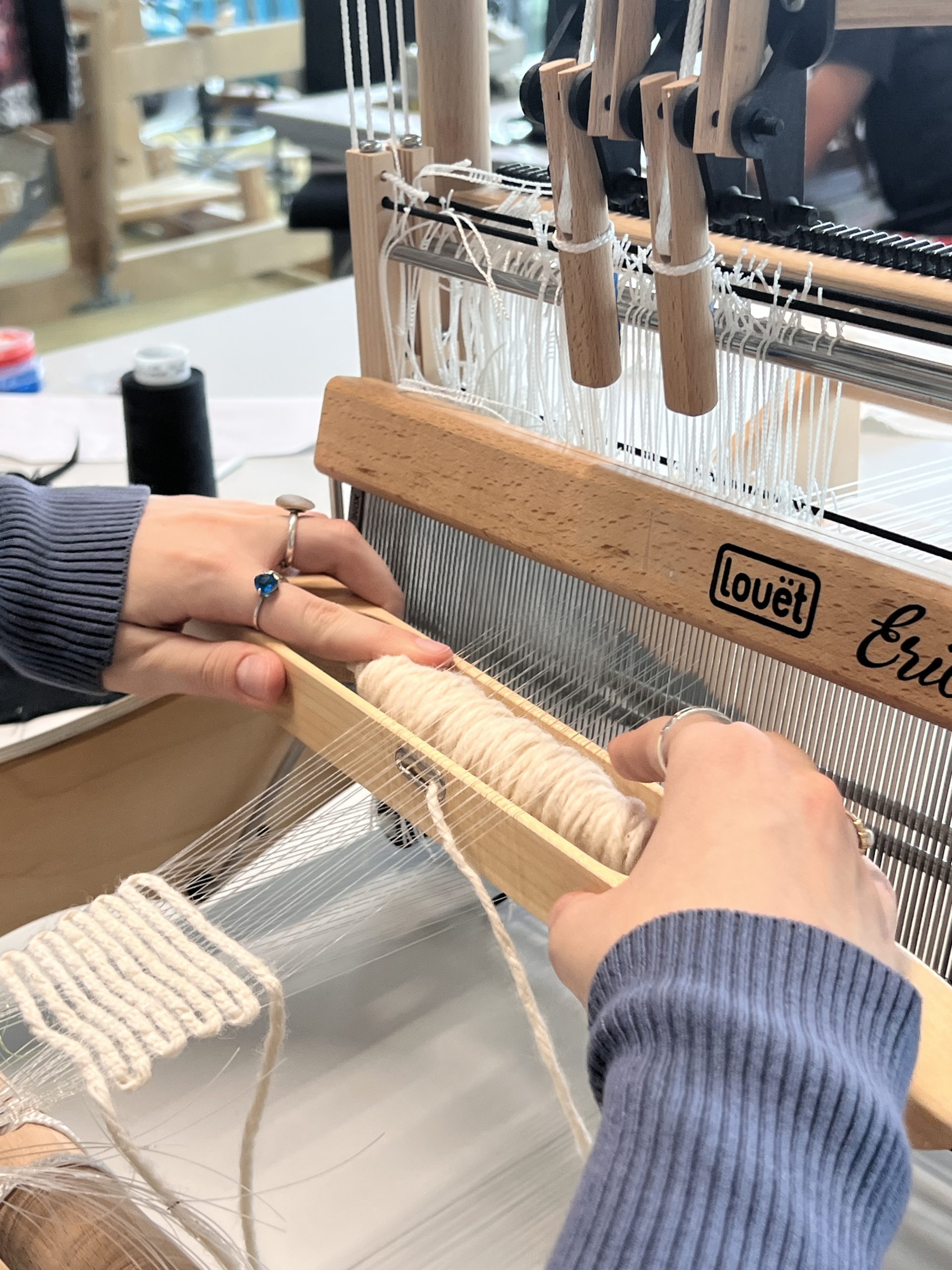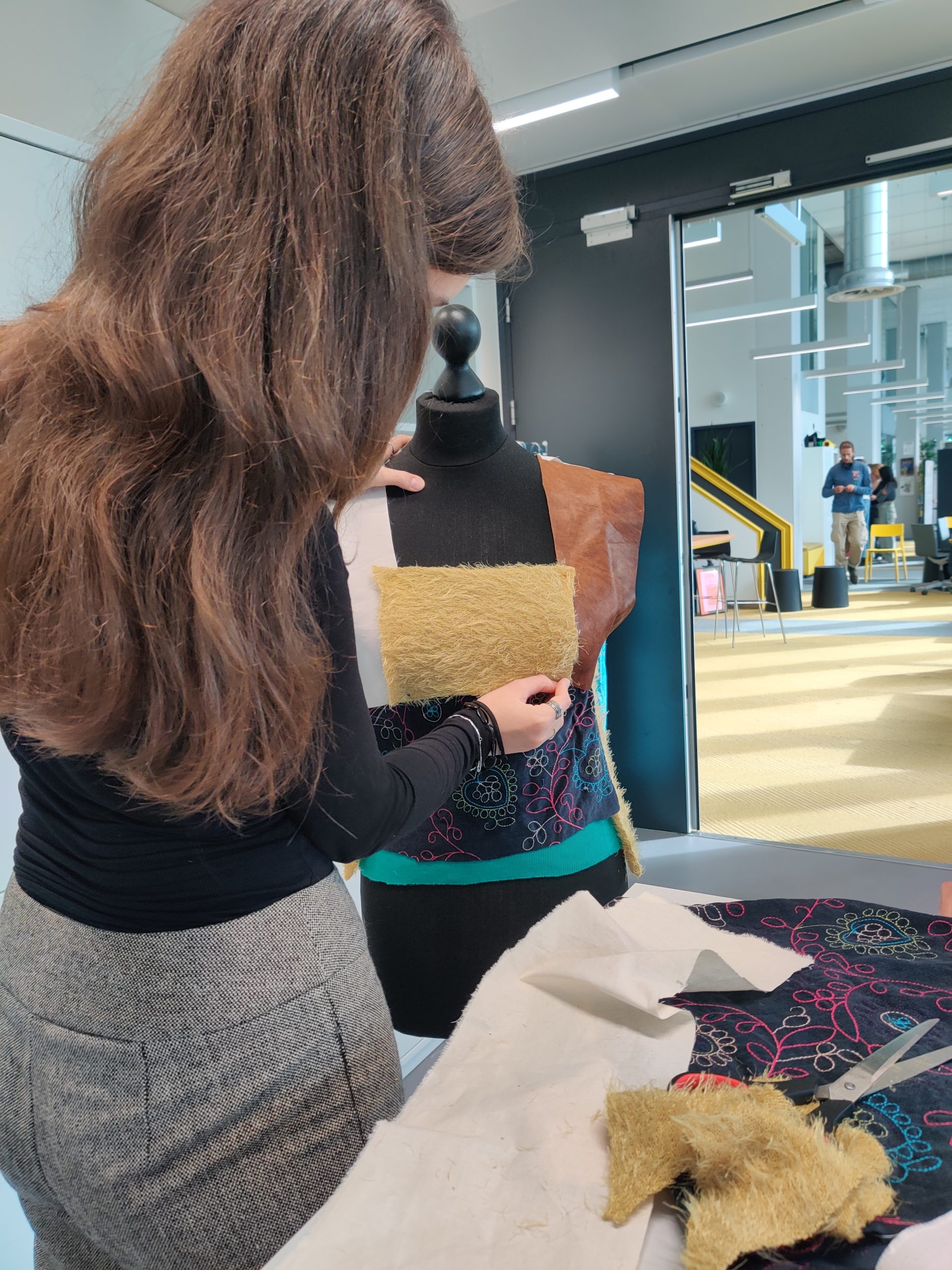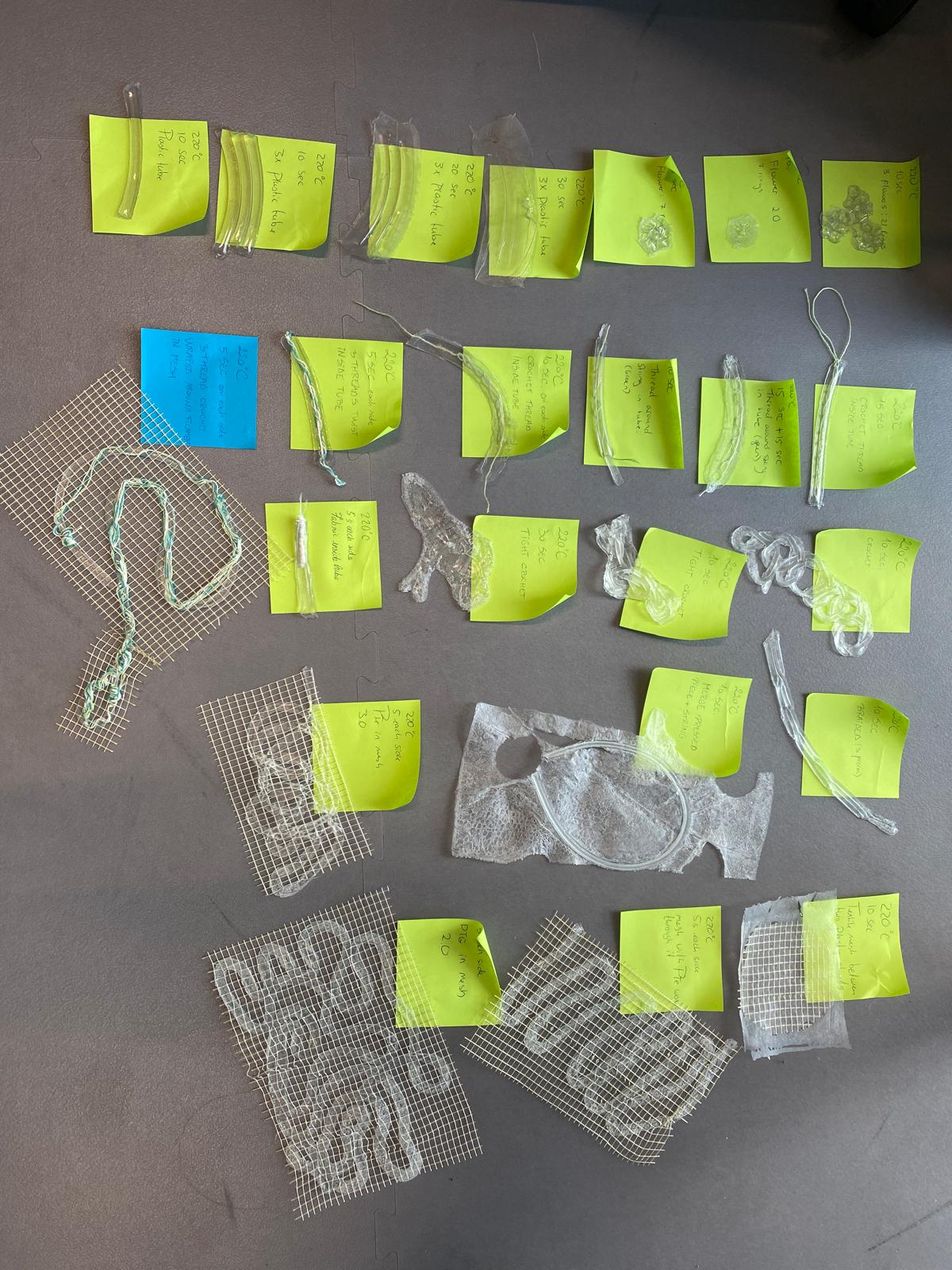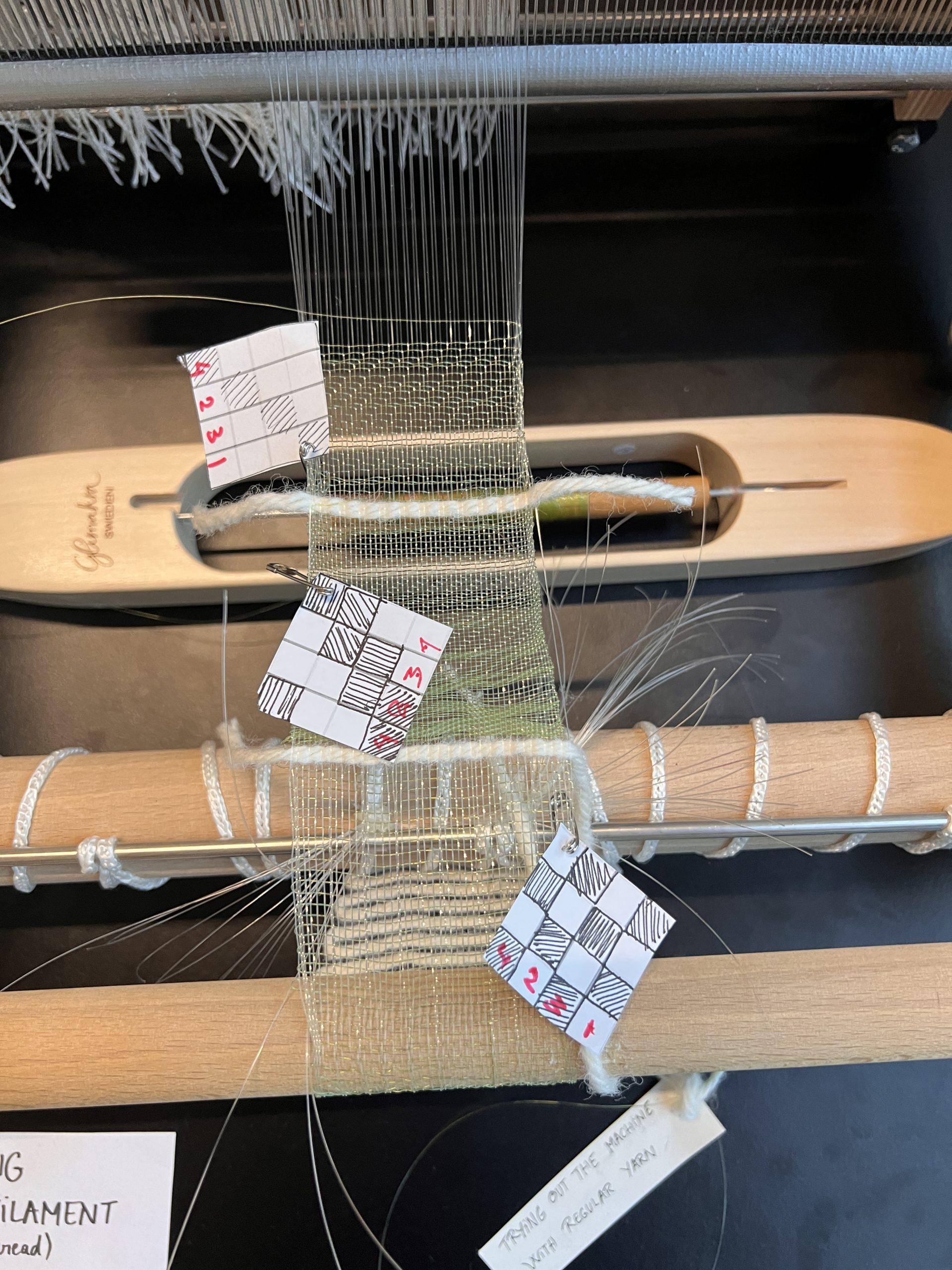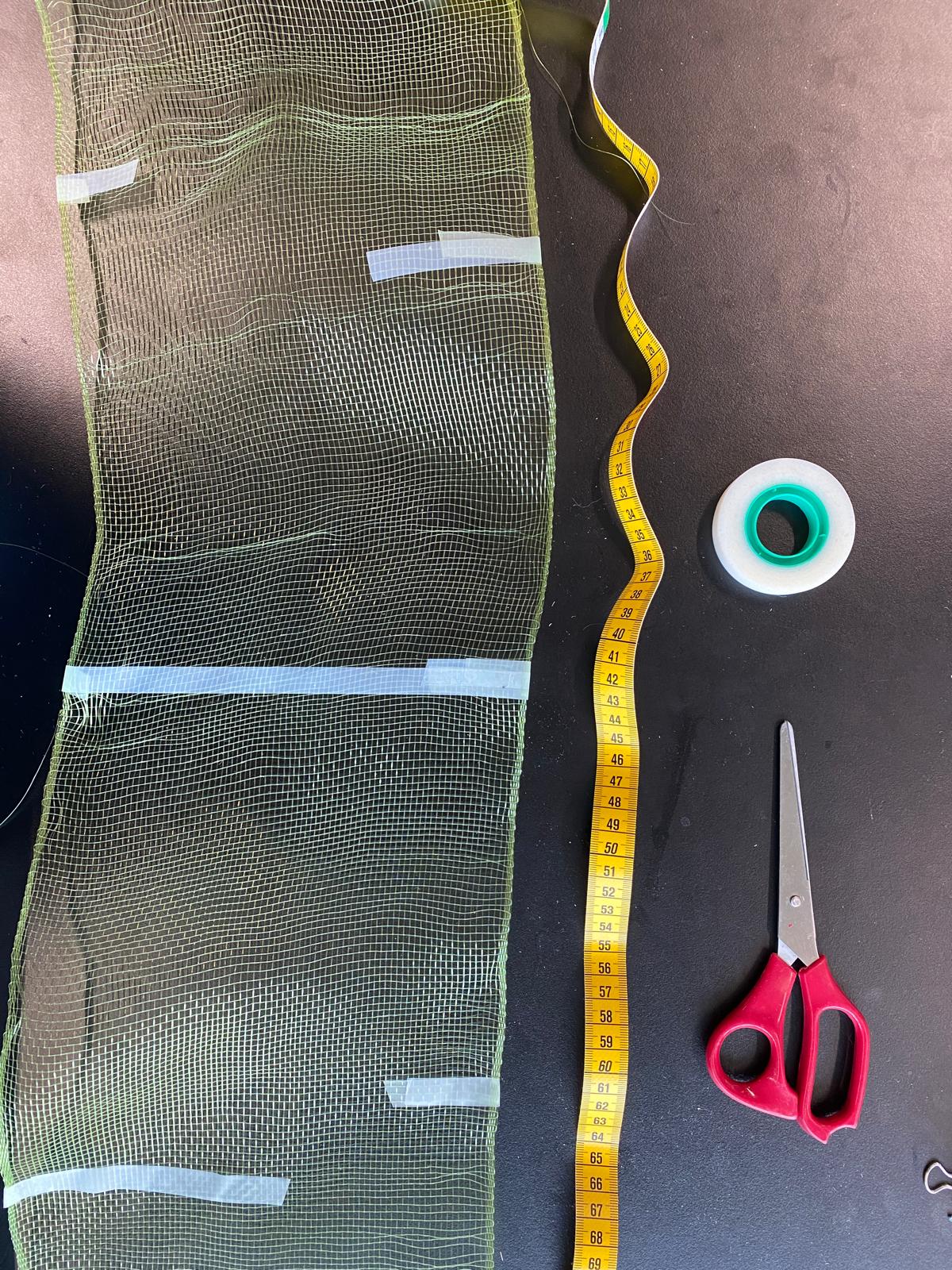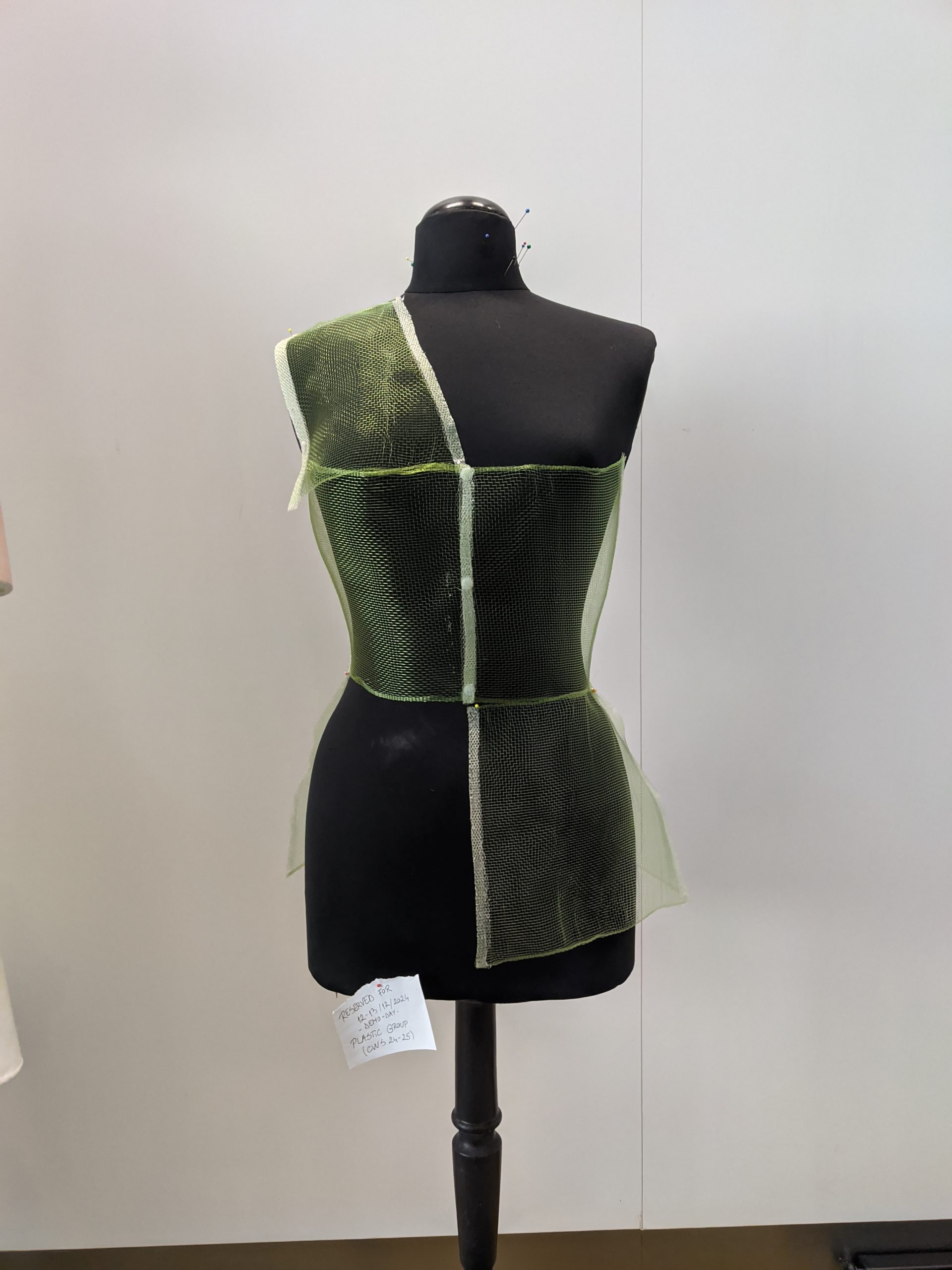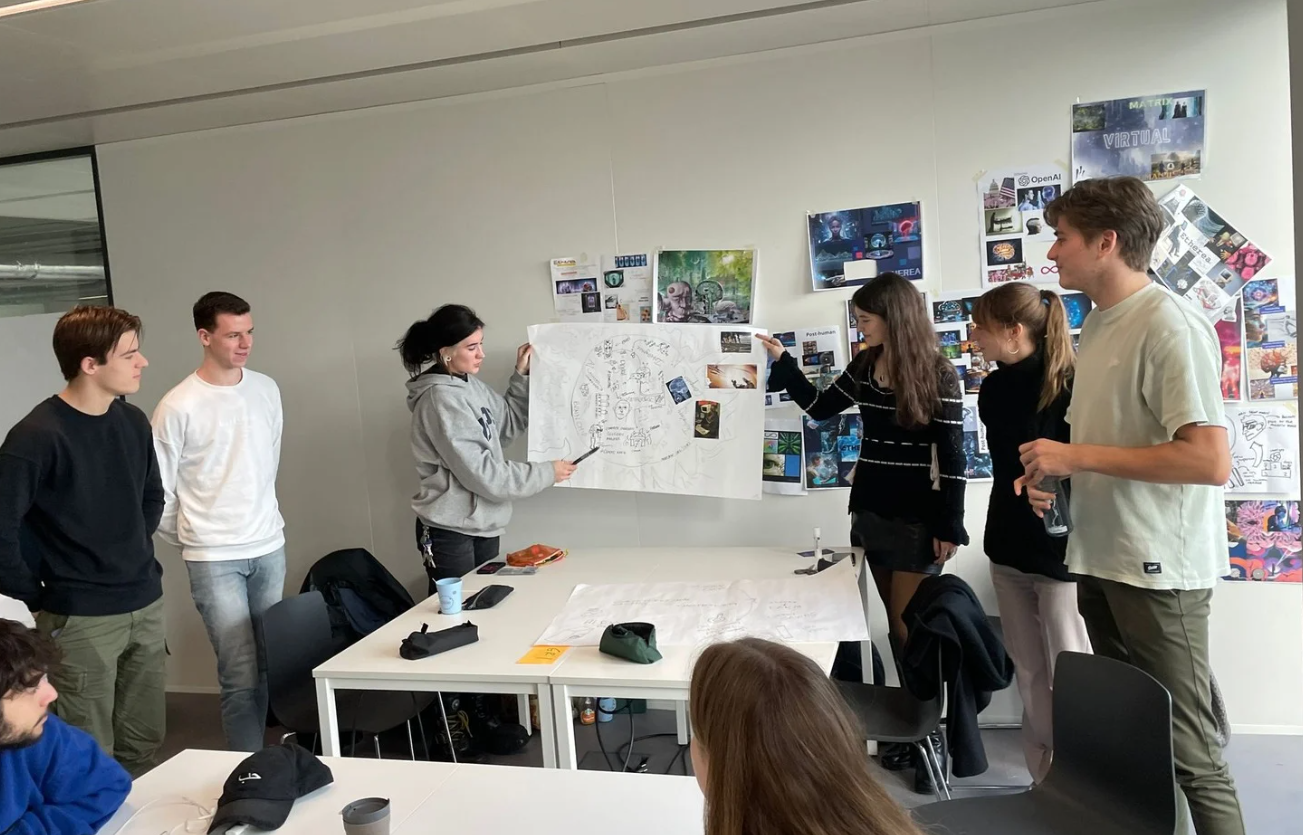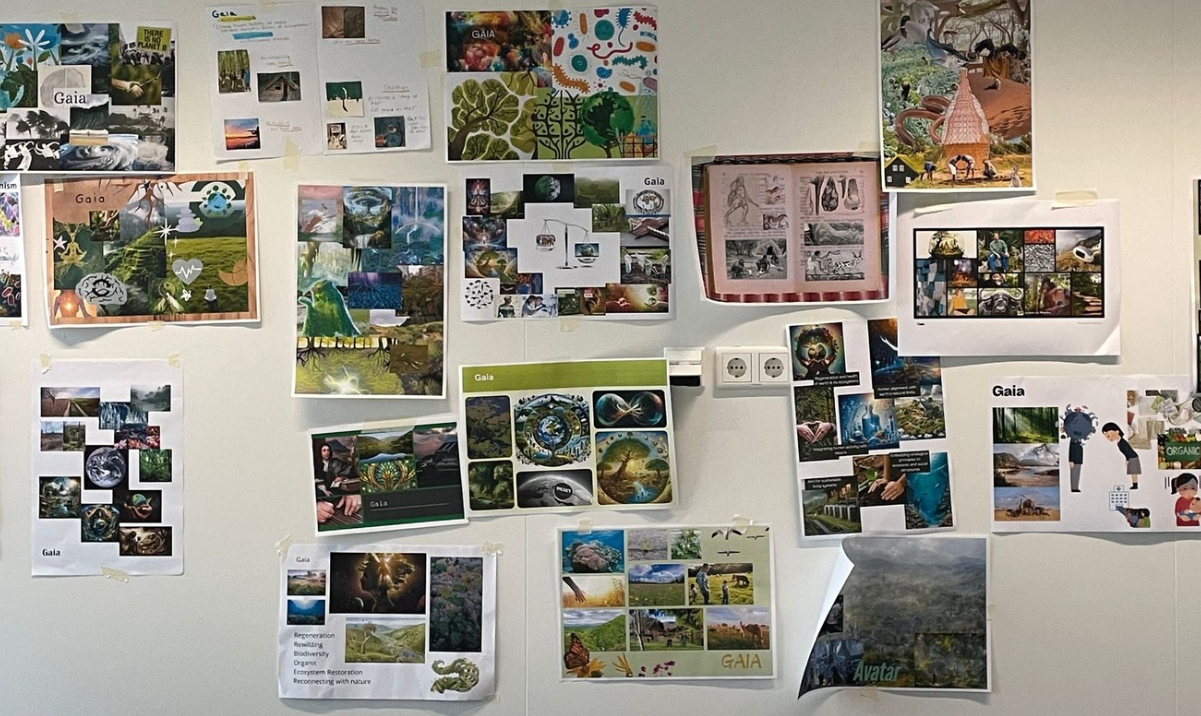Expertise Areas
*hover me*
*hover me*
CREATIVITY & AESTHETICS
With innovation and design research as core values in my approach, the area of Creativity & Aesthetics naturally finds its way into my practice. I see a creative mindset as one that reflects, connects ideas, and generates innovation. Paired with research-based processes centered on transformation through reflection, I view this expertise area as the key to turning abstract thoughts into innovative concepts.
Creativity & Aesthetics acts as a connective thread throughout the design process, present in different forms across all stages. In early phases, it drives conceptualization and ideation. Later, it becomes a communication tool, shaping visual identity, team collaboration, and the narrative of a concept. Whether through sketching, storytelling, or material choices, C&A is always present, sometimes subtly, and sometimes at the core.
In my first year, I often struggled with this area. I would jump quickly between ideas or discard them too early, treating creativity as spontaneous and unpredictable, rather than something that I could guide and develop. Over time, particularly during Project 3 and several abstract, concept-driven electives, I began to trust a more reflective approach. With no predefined brief, I felt free to explore intuitively and later shape those explorations into stronger concepts.
This mindset also helped me build continuity across projects. For example, themes from my “Design Research” course, where I researched shared student living, re-emerged in the “Participatory Reimagining” course, where I designed a future scenario of communal living.
This continuity shows how my aesthetics and conceptual voice is evolving and becoming more defined.
USER & SOCIETY
In the past, I saw User & Society as a formality fulfilled by conducting user tests and collecting consent forms. While I had already formulated goals to involve users more actively in the design process, I did not yet understand how this area could truly inform and shape my work.
This changed in my second year, when U&S became central to my vision. I realized that my projects felt meaningful when they created impactful experiences for users. Aesthetics of Interaction shifted my mindset toward designing for intuitive user perception, while other learning activities like Project 3 helped me discover I did not want my designs to quietly assist users, but to be bold and provoke reflection on topics rooted in their lives.
Therefore, my vision of this expertise area extended beyond an afterthought and became the main drive behind my design process. U&S has grown from a method into a mindset, and now it guides my entire process, from inspiration and concept to communication and impact.
In Project 3, I explored a design-for-debate approach, were formulating a message tailored to the user’s perception was central, but I have also organized co-creation workshops that actively shaped the final iteration. Similarly, in Participatory Reimagining, I explored speculative scenarios by engaging users as co-imaginers. Now, through Team IGNITE, I am collaborating with visually impaired communities to create a socially impactful experience for GLOW 2025 aiming to shift the visitors’ perspectives on feeling light without seeing it.
Pictures taken by Zyfn Kothavala
*hover me*
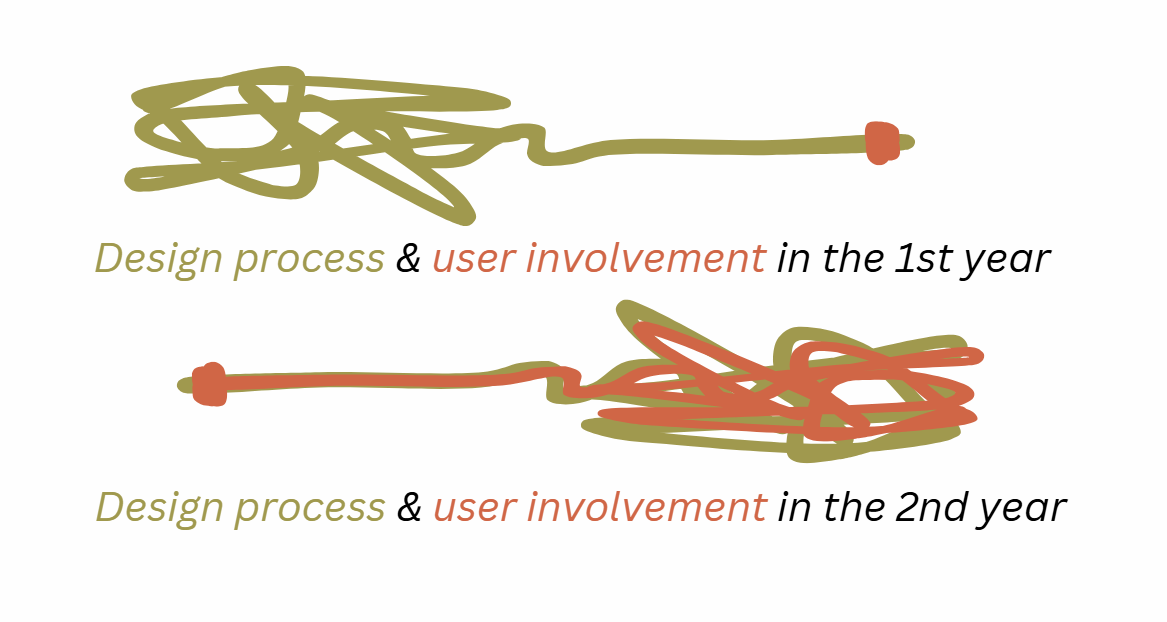
Pictures taken by Sereni Loa
*hover me*
TECHNOLOGY & REALIZATION
Technology & Realization is a medium for communication and a way to translate abstract concepts into tangible, interactive experiences. While it is not my focus within a design process, it plays a critical role in shaping how users understand, feel, and connect with a concept.
Throughout my projects, I have found myself naturally drawn to soft materials, especially textiles. Working with fabric offers me more room for self-expression than rigid, hard materials. Through my experience in the Crafting Wearable Senses squad, I deepened my technical skills in working with soft prototyping, including creating woven textures from scratch. I also discovered that I enjoy challenging conventional practices through experimenting with machines in unintended ways and blending traditional crafting techniques with conceptual storytelling.
Rather than focusing on highly technical or futuristic products, I am more interested in how low-tech or analogue materials can be used creatively to bring an idea to life. That said, I still see technical realization as essential. It gives shape to my concepts and allows users to interact with them meaningfully.
Moving forward, I aim to continue developing technical methods that complement my conceptual thinking, particularly in textile-based prototyping and interactive storytelling.
MATH, DATA & COMPUTING
Math, Data & Computing is not always visible in my design outcomes, but it forms a core part of how I think and work. If Creativity & Aesthetics represents the intuitive, expressive side of my identity, then MDC represents the other half, so my logic-driven, reflective mindset. I do not consciously try to apply it in every project, but I rely on it in moments of doubt, to break down complexity, structure my thoughts, and approach ideas with temper and clarity.
While I have not focused on complex computation or data-heavy processes recently, mathematical thinking remains present in more subtle forms. For example, when working with textiles, I often plan woven structures using logic, calculating patterns, repetitions, or layering modules. These hands-on processes show me that math is not separate from creativity, but it often lives within the structure, repetition, and logic that give form to physical materials.
Being part of the Crafting Wearable Senses squad also introduced me to the potential of combining computation with material production. I’m particularly interested in future directions like computer-assisted weaving and knitting, or creating patterns through fractals or algorithms. Although I have not developed these yet, they reflect an exciting intersection between code and craft that I am eager to explore.
MDC may not be at the forefront of my identity, but it plays a key role in the background. It helps me structure ambiguity, stay grounded in decision-making, and connect conceptual ideas to clear, intentional execution.
*hover me*
Pictures taken by Zuzanna Skalska
*hover me*
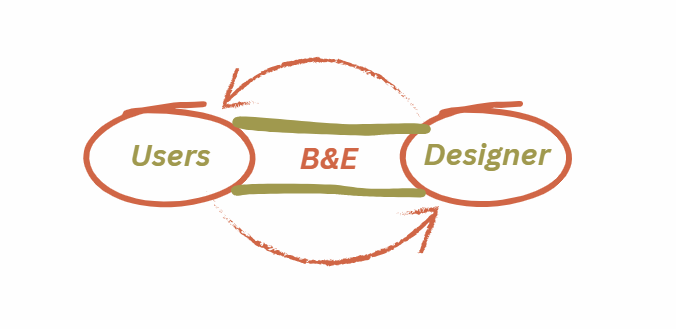
BUSINESS & ENTREPRENEURSHIP
Early in my studies, I struggled to connect Business & Entrepreneurship with my design values. I viewed it as prioritizing profit over people, conflicting with my goal of designing for societal reflectionand meaningful user experiences. Although I intuitively questioned past projects’ real-world feasibility, I only consciously integrated business thinking last semester.
The “Crafting Wearable Senses” design research project lacked guidance, so we developed our own concept-selection guidelines. We found inspiration in questioning current practices, selecting the themes of plastics and sustainability. To make our message accessible, we focused on garments because they are integral to everyone’s life. Using societal trends and user behavior to shape our message and reach wider audiences showed me how a strategic mindset can support a human-centered perspective.
The elective “Trends and Forecasting” revealed B&E as a bridge between design and society. Understanding societal trends grounds design in the present by revealing what the world needs, aligning with my vision. Strategic design became a way to uncover topics of societal relevance that inspire innovation.
The course “Design Innovation Methods” showed me how pairing customer behavior with brand identity can boost the design’s reach while staying true to its purpose. I learned how market fit enhances design’s communication power by increasing user reach.
I will carry strategic thinking forward, as it aligns with my goal of connecting my creations with the flow of society. With a solid foundation in designing for people and society, I aim to further develop strategic thinking to better position my designs in real-world contexts and make them accessible.
DESIGN & RESEARCH PROCESSES
Project 3 taught me the importance of having autonomy over the design process. With no brief or structure, I learned to use reflection as a tool for direction, rather than treating it as something passive. This experience led me to adopt the Reflective Transformative Design Process as a mindset that I now apply intentionally, not just mention in reports.
That experience made me realize that a design research approach feels natural and intuitive to me, especially in projects where complexity or uncertainty is high. I am now continuing this trajectory within Team IGNITE, where I am contributing to a research-driven project for GLOW 2025. It is helping me balance the reality of tight technical deadlines with the open-ended, iterative nature of community-based research.
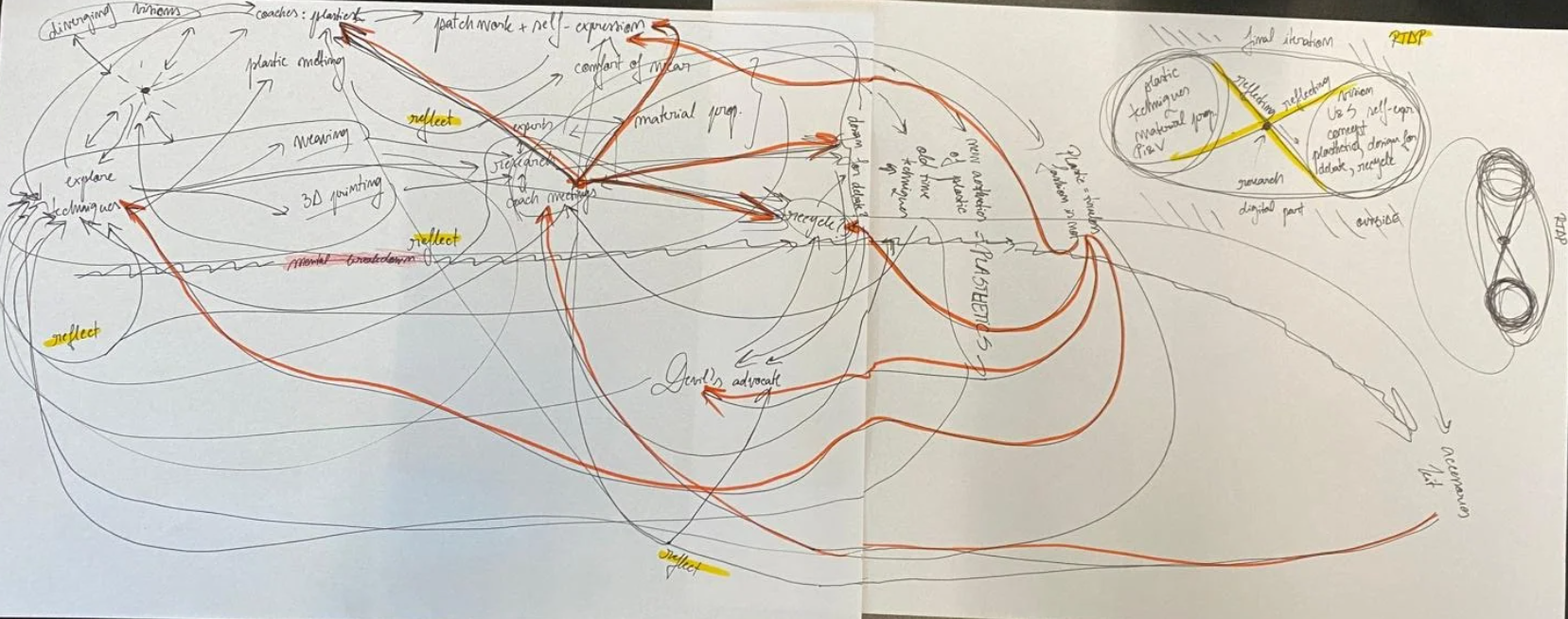
*hover me*
PERSONAL & PROFESSIONAL SKILLS
Collaboration has been a key focus this year, as most courses were teamwork-based. In the past, I often got frustrated by disengaged teammates and would take on too many tasks to compensate. This year, I have developed a more balanced and constructive approach. I now see collaboration as a learning opportunity and have learned to align team goals with individual learning objectives. This encourages clearer task division and reduces unhealthy codependence.
Through the Multidisciplinary CBL course and my role in Team IGNITE, I refined how I communicate in diverse teams. I have learned to articulate and share my expertise, while also learning from others, fostering a reciprocal and productive working environment.
In terms of presenting, I have developed my graphic design and visual storytelling skills within the communication cluster of Team IGNITE, taking that practice into attention towards visual language while presenting my work in professional contexts.
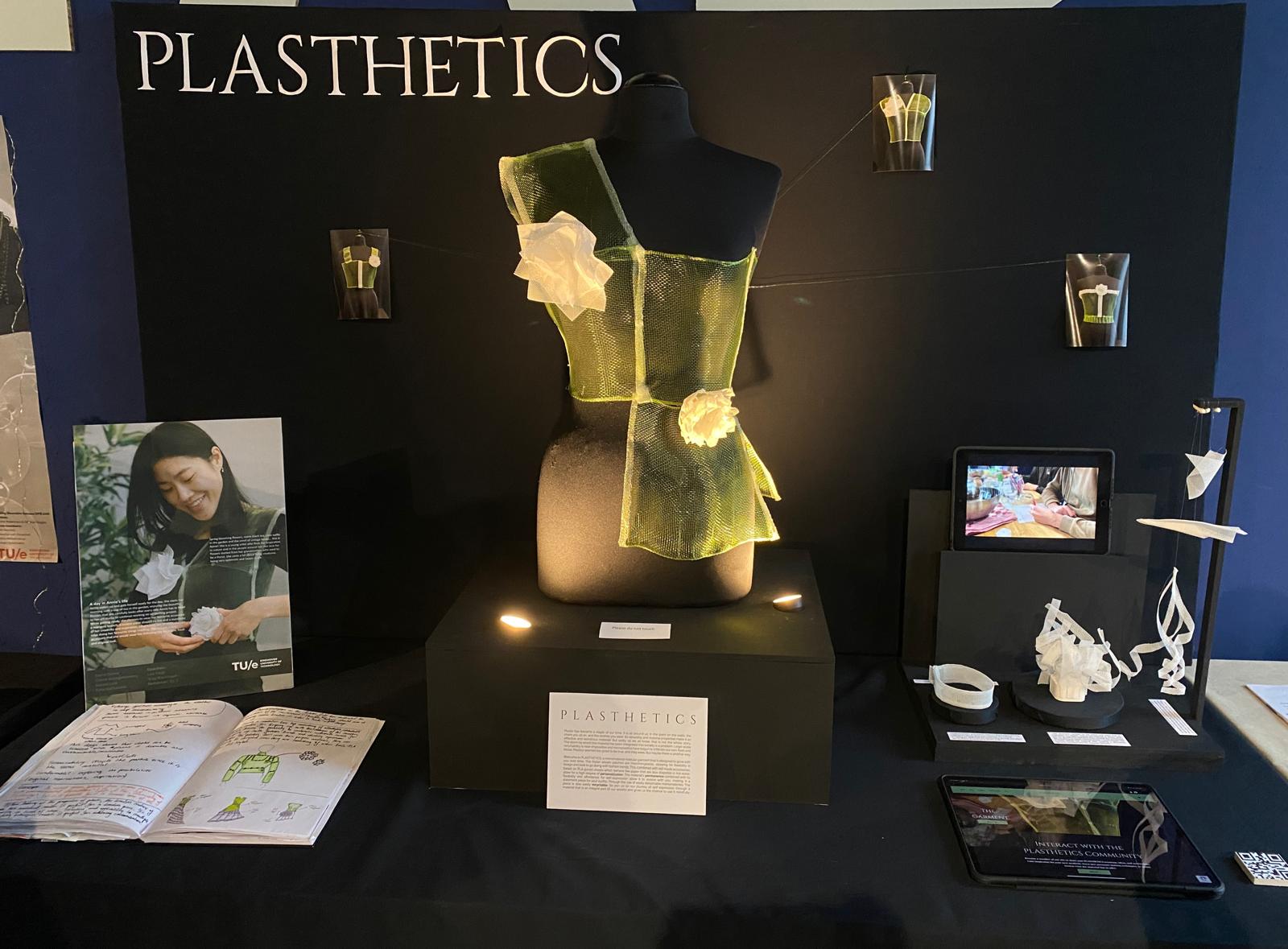
Project 3 - Demo-day setup
DEVELOPMENT IN PROFESSIONAL IDENTITY & VISION
Last year, my vision focused on using emerging technologies in design to create products with seamless interaction. While I was beginning to explore a user-centered approach that creatively incorporates technology, I had not yet grasped the deeper purpose. Reflecting on my past work, I noticed two recurring themes: story-driven design and prototyping with fabric. After taking electives centered on user & society, I have realized that combining speculative design with textile-based products allows me to craft strong narratives while exploring fabric-based making techniques.
As for my professional identity, in my second year I focused on developing my soft skills, conceptual thinking, and the ability to co-imagine with users. While I already had a solid foundation in technology and problem-solving, I felt the need for a more methodical approach to integrating creativity and empathy into my work, which led me to prioritize the growth of my interpersonal and reflective abilities.
Extracurricular Activities
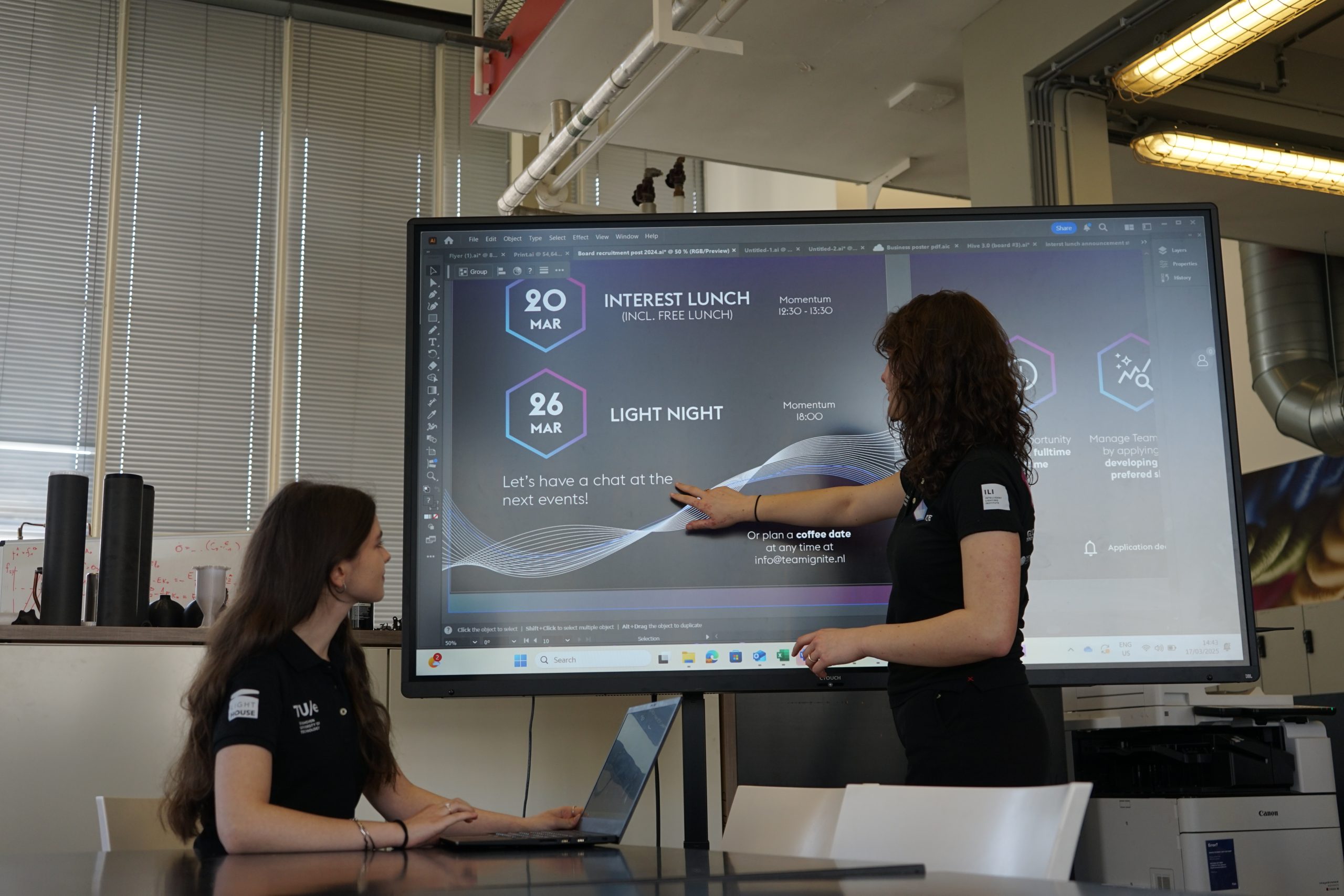
Picture taken by Kento Suzuki
Communication cluster
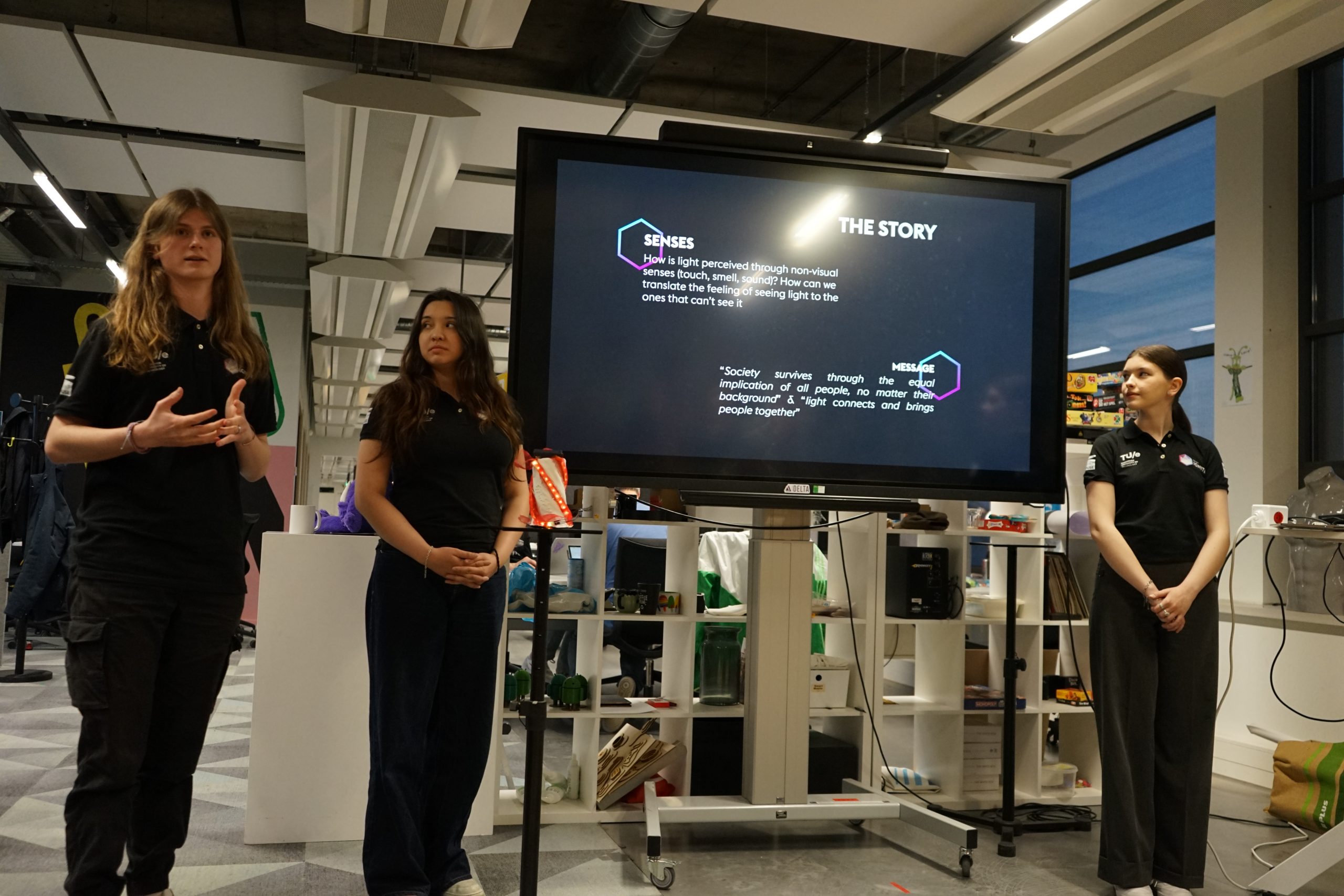
Picture taken by Ezra de Graaf
Team PERCEPTION - GLOW 2025 project
TEAM IGNITE
I joined Team IGNITE with the intention of improving my graphic designand visual storytelling skills, particularly in Adobe Creative Cloud. During my first year, I often struggled to clearly express my ideas through visual language, and I saw this as an area I needed to grow, especially since communicationandstorytelling are central to my design vision.
In the second semester, following the development of my vision in the Crafting Wearable Senses squad, I joined IGNITE’s GLOW Festival 2025 project team. My goal was to take part in another research-based process, but with a stronger focus on storytelling, user experience, and public engagement. With a clearer sense of autonomy over the design process, I felt confident stepping into a multidisciplinary, high-fidelity project environment.
We are now developing an interactive statue meant to showcase a new multisensorial perspective on feeling light, taking inspiration from visually impaired communities and integrating several materials and techniques such as fabric and 3D printing with clay.
I feel that this project encapsulates my vision, as my main contribution reflects in the conceptualization and social research part, with an end product that is interactive, communicative and thought-provoking. Moreover, the material exploration combines my identity of textile-based design while teaching me new crafting methods as 3D printing with clay, that aligns with my goal of expanding my knowledge in crafting technologies.
